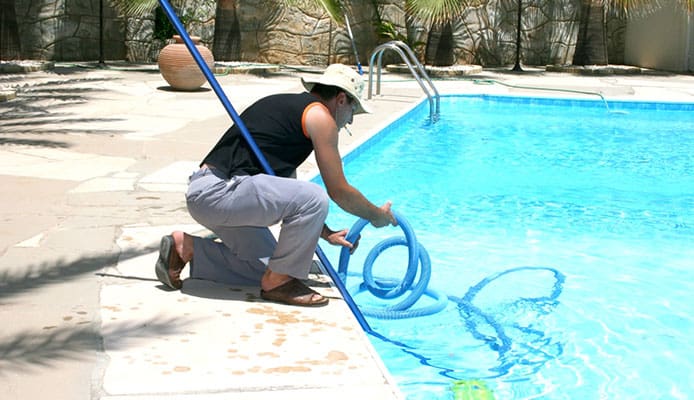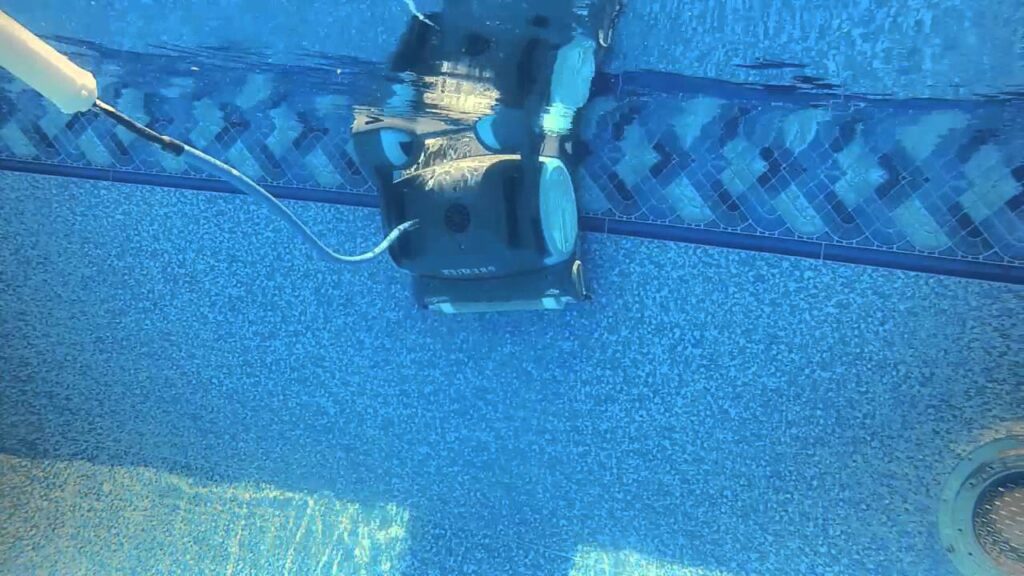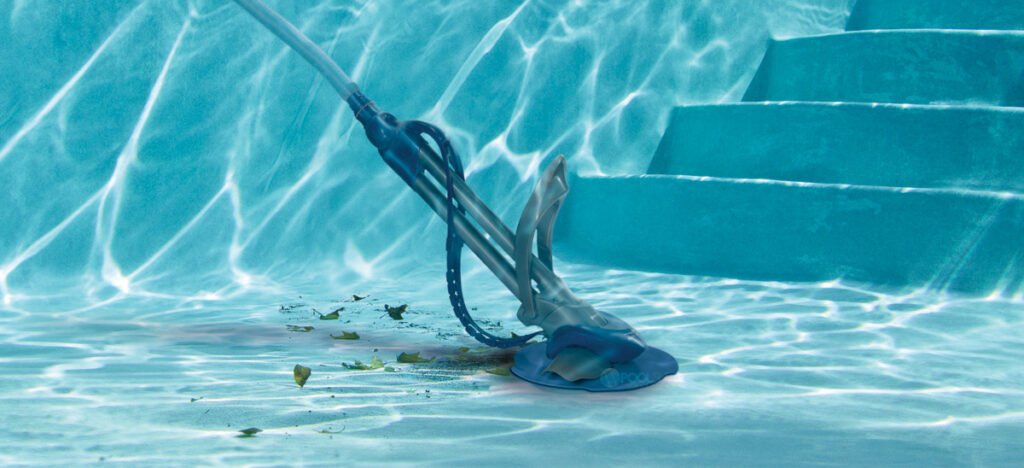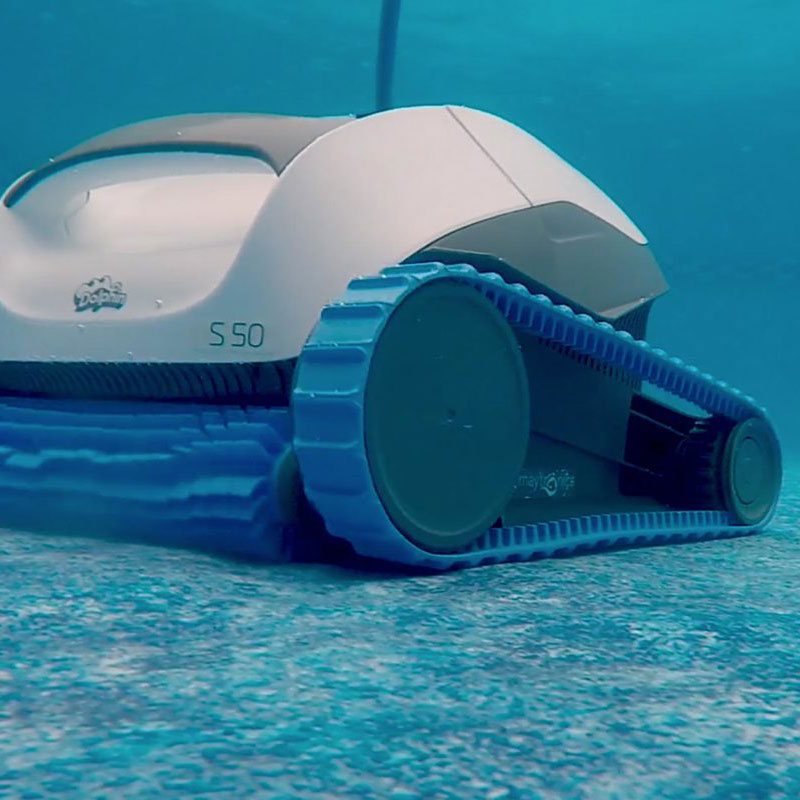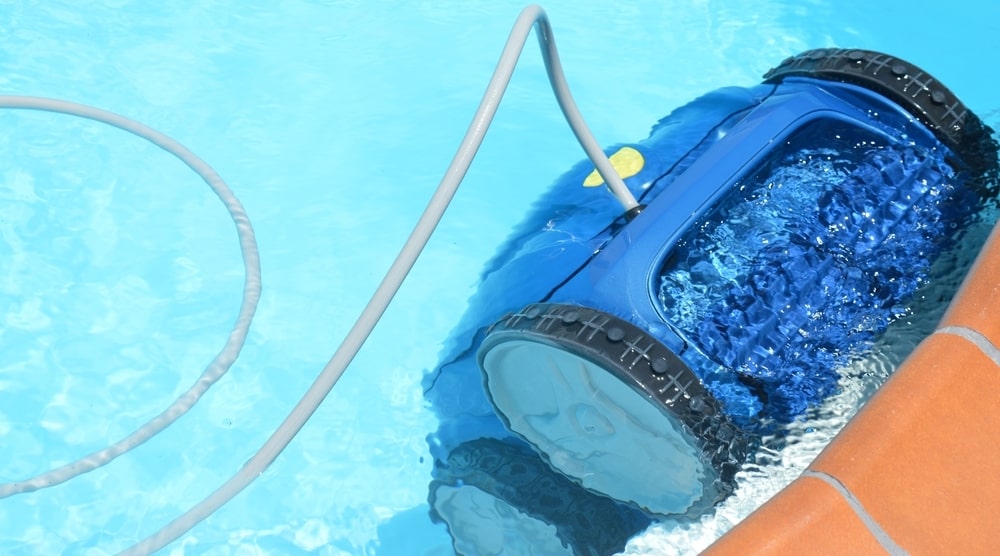How To Choose The Best Automatic Pool Cleaner For You
Choosing the Best Pool Cleaner that Fits Your Need
Many companies have joined the pool cleaner bandwagon. Different types of pool cleaners come in various shapes, features, and materials to highlight their branding, which makes them unique from their competitors. As a consumer, the more choices you have, the more complicated it becomes in choosing the one that fits your bill.
Most automatic pool cleaners come with their own filter bag, making them completely independent from the pool’s filter system. However, some might still require a booster pump to help them scrub and loosen up dirt and debris. Other robotic models work off a battery pack and have their own brushes and cartridge to keep the grime.
How To Choose The Best Automatic Pool Cleaner For You
Different Types of Pool Cleaners
There are three types of pool cleaner to choose from. Each of them has interesting capabilities, making it effective in one pool but not in another. However, many sophisticated models like Dolphin robotic pool cleaners incorporate different features that make them suitable for every pool. The three kinds of pool cleaners are:
Pressure-Side Cleaner
As the name implies, this type of pool cleaner uses the pool’s water pressure to agitate the water, loosen up debris, and direct the dirty water to the device’s filter bag. This process prevents the debris from going directly into the pool’s filter system, prolonging its life expectancy as a result. If your pool is built with the right plumbing to allow a pressure-side cleaner, then this is for you.
A pressure cleaner is efficient in general cleaning since it has a large throat that removes big debris like leaves, twigs, and soil. At the same time, this model is great at distributing clean and heated water throughout the pool. Thus, it reduces cold spots without the need to turn on the pool’s heating system. A pressure-side cleaner is easy to use. The only maintenance it needs from you is to empty out and clean its dirtbag to make sure it works well on the next use.
Suction Cleaner
Suction-side may be the most inexpensive type of pool cleaner in the market. It is usually connected to a skimmer or vacuum point on your pool through a hose similar to a manual pool vacuum. The suction allows the water to pass through fins or diaphragm to allow the cleaner to move around the pool, picking up debris and dirt as it moves. This type of cleaner is compatible with low speed pumps.
This machine works great in picking up debris and doesn’t have any issue with pools that have a slope or sharp corners. However, there are some disadvantages to using a suction cleaner. Firstly, it cannot clean the wall unlike other models. It also puts all the debris straight into the pump basket, which can fill up quickly if there are many leaves to be cleared. It doesn’t contribute to improving water circulation since it mostly skimmed the pool’s surface.
Robotic Pool Cleaner
Robotic pool cleaner has more advanced features than the first two types. It can work independently and can be programmed through its smart capabilities. If you are looking for a plug-and-play type of machine, a robotic pool cleaner is your best bet takes a look through some of the best robotic cleaners on the market, so is well worth a read. All you have to do is plug it into the power outlet, put the robot in the water, turn it on, and let it do its work. As long as it uses a tangle-free cord, you can leave the bot as it works and just come back once it’s done cleaning.
A robotic pool cleaner has its own filters and dirtbag, which means that it doesn’t need the pool’s filter system to be turned on as it works. This procedure extends the pool’s filter’s life expectancy, and you will pay less on your electric bill.
Another advantage of using a robot is that it can scrub the floor and wall and even the pool’s ladder. Most robot pool cleaners come with a mobile app that allows you to set up a schedule, track cleaning progress, and do basic commands like stop, start, and pause.
What to Look for In a Pool Cleaner
After discussing the different types of pool cleaners, it’s time to start looking for a specific model that fits your needs. If you want a complete guide on topics related to pool cleaning, please read Luke Reed – Maintenance Expert for more information.
Hose Length
Make sure that the hose is long enough to allow the machine to reach the deepest and the farthest part of the pool. If the cleaner doesn’t come with a long hose, check if you can buy it separately.
Price
Like in any machine, quality brands with the best features and durable materials tend to cost more than the rest. You can browse online to see what brands you can buy with your budget. Read customer feedback and rating before deciding which one to purchase.
Side note: The price range for most pool cleaners is between $500 to $1,000. They tend to cost less during the off-peak season (colder weather) rather than summer.
Ability to climb walls
This feature is primarily available in robotic pool cleaners. If you like to lessen the effort in manually brushing walls and floors, this type of pool cleaner is your best buddy.
Durability
Machines that last almost a lifetime are made from durable materials that can withstand the test of time. Since pool cleaners work submerged in water, they must not get rust quickly. Also, their motors need to get protected against moisture.
Look for a product with an extended warranty that covers free repair and maintenance for the device. It’s important to read customer reviews first to get an idea of the life expectancy of the cleaner that you want to buy.

